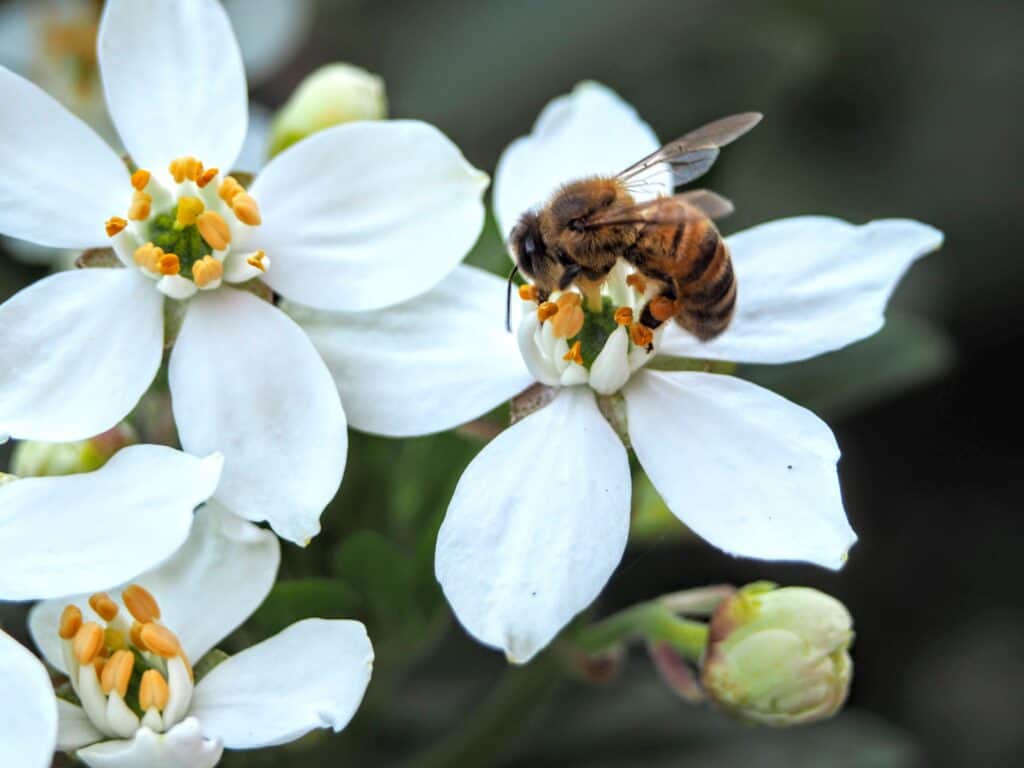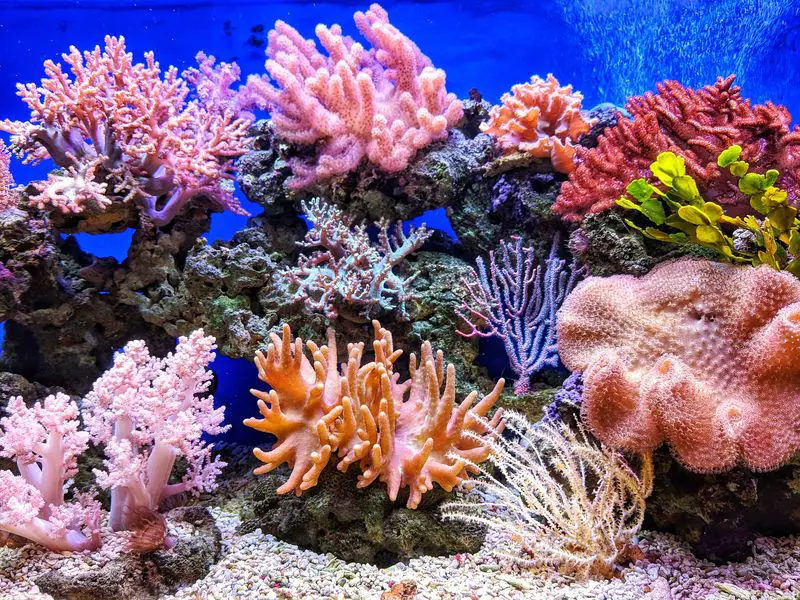Our world is a complex web of interconnected beings and environments, each playing its unique role. Central to this web is biodiversity, with a wide variety of life on Earth and the intricate relationships they form within their habitats.
This variety among and within species and ecosystems guarantees the resilience and functionality of biological communities, enabling them to withstand and recover from environmental stresses.
Biodiversity in an ecosystem dictates the health, resilience, and productivity of our natural systems, from the depths of our oceans to the peaks of our mountains.
As the planet faces unprecedented challenges, including climate change and habitat loss, the role of biodiversity in maintaining ecological balance becomes increasingly crucial.
Main Takeaways
- Biodiversity is essential for ecological resilience, economic prosperity, societal well-being, scientific advancement, and cultural richness.
- Climate change and habitat loss pose challenges to global biodiversity.
- Preserving biodiversity is crucial for mitigating climate change and maintaining ecological balance.
- Nature experiences positively affect human health and well-being, highlighting the interconnectedness between biodiversity and society.
- Conservation strategies are vital for safeguarding biodiversity.
- Urgent global action is needed to address these threats and protect biodiversity for future generations.
What Is Biodiversity?
Biodiversity is the term we use to identify all the living organisms that belong to a specific ecosystem.
There are thousands of different ecosystems on Earth, including forests, mountains, deserts, oceans, lakes, and rivers. Everyone relies on biodiversity to survive and thrive, balance life and death, and improve resilience to adverse factors. Every ecosystem has a very delicate balance and synergy. Losing living organisms can offset the balance, and the environment can change, leading to catastrophic consequences.
The biodiversity of every ecosystem is constituted of millions of animals, plants, insects, fungi, and microorganisms. Most of them are unknown, and scientists discover new species every day.
The main factor influencing diversity is the genetic differences within an ecosystem. However, more genetic differences do not necessarily equate to better ecosystem survival and resilience. Biodiversity only sometimes has the same function in every ecosystem. This relationship is complex and is influenced by many factors, such as human actions, latitudes, temperature, and other aspects.

How Humans Fit into Different Ecosystems
The human population is an integral part of Earth’s ecosystems, and farming, fishing, and other human activities can affect them.
Those effects are not necessarily only adverse; human activities can also provide positive output to the ecosystems.
Ecosystems and their biodiversity provide essential human resources, but overpopulation and the uncareful use of resources push some ecosystems and their species to extinction.
On the other hand, humans have the powerful tool of conservation to address the loss of biodiversity, protect species and improve ecosystems’ health. Understanding biodiversity and its threats can help the planet be healthier, more resilient, and resist stress.

The Economic Importance of Biodiversity
Biodiversity allows people to use natural resources essential for life on Earth. Farmers and fishers rely on grassland biodiversity and the oceans to produce food. Losing living organisms can lead to problems with soil fertility and seafood provision.
Plants rely on pollinators like bees to facilitate the passage of pollen from the stigma to the female part, the stamen. The pollen must be moved to fertilise the plant and produce fruits and seeds. The loss of bees and other pollinators can lead to catastrophic consequences.
Ecosystem diversity helps with commercial forestry and tourist activities like hiking and fishing.
The Ecological Importance of Biodiversity
Biodiversity is a powerful tool for ecosystems’ resilience to changes, diseases, and other adverse events.
Ecosystems can produce oxygen, exchange CO2 using photosynthesis, create clean water through filtration, and regulate the climate.
Organisms represent the genetic diversity of our world. A decline in genetic diversity in agriculture has made crops and cultures more susceptible to diseases and pests.
Trees and wetlands absorb water and avoid erosions and floods, and coral reefs protect coastlines from storms and erosion.
The Social Importance of Biodiversity
Biodiversity has a significant impact on society and the well-being of people.
Many occupations are related to biodiversity. People are employed to control and conserve protected areas, and jobs are created in sectors that rely on biodiversities to thrive, such as fisheries, forestry, and agriculture.
It has been observed that spending time in nature has a positive effect on bodily and psychological health. Scientists have found that regular contact with nature improves cognitive skills and relieves stress. Additionally, nature experience has been viewed as helping enhance physical activity, reduce the number of deaths due to chronic disease, increase self-esteem, and strengthen the immune system.
The Scientific Importance of Biodiversity
Scientists study organisms and plants to discover medicines and understand the Earth. Penicillin is one example of how nature helped humans to improve their health. Antibiotics are compounds produced by bacteria and fungi.
Many medicines and everyday materials, such as latex and rubber, are derived from plant life.
The Cultural Importance of Biodiversity
Many plants and animals have symbolic significance for some communities in folklore, legends, national flags, and religions.
Areas like rainforests or coral reefs, with their vast biodiversity or animals like tigers, whales, or koalas, are often considered culturally valuable regardless of their economic contributions to people.
In some cultures, biodiversity and nature possess deep cultural and spiritual dimensions.
Some local communities often have great regard for the environment and interact particularly with their landscapes and seascapes.
The value of biodiversity’s contribution to our culture is reflected in the time and money we spend experiencing nature or watching nature documentaries.
Threats to Biodiversity
Biodiversity’s resilience is under threat from various human-induced and natural factors, including habitat loss, pollution, and climate change.
Habitat loss and fragmentation are prime drivers of this decline, fundamentally altering ecosystems and leading to a precarious imbalance in species populations. This rapid change not only destabilises ecosystems but also exacerbates the vulnerability of species to other threats.
Unsustainable resource use further exacerbates the issue, stripping ecosystems of their natural assets and leaving a trail of degradation. Extraction of resources beyond ecosystems’ capacity leads to an alarming loss of biodiversity.
Invasive species introduce an additional layer of complexity, disrupting established ecological networks and outcompeting native species for resources. This competition can lead to the decline or extinction of native species.
Pollution through air, water, and soil contaminants significantly threatens biodiversity. Toxic substances can alter organisms’ genetic makeup, reduce populations of sensitive species, and disrupt the intricate balance of ecosystems, further stressing biodiversity.
Biodiversity and Climate Change
Climate change presents a significant challenge to preserving global biodiversity, necessitating urgent measures to mitigate its impact.
Ecosystems’ intricate balance, which is heavily reliant on biodiversity, faces disruption as climate change alters habitats, weather patterns, and the availability of natural resources.
Research indicates that nature can contribute up to 30% of emissions reductions required by 2030. Forests, for instance, which account for 11% of global human-caused emissions through their destruction, are essential in storing carbon. Similarly, mangroves serve as significant carbon stores and climate buffers, highlighting the intertwined nature of biodiversity and climate change solutions.
Conserving high-biodiversity ecosystems is a strategy for combating climate change. By protecting ecosystems, we safeguard natural resources and their ecological services, from carbon sequestration to water filtration.
Conservation Strategies
Safeguarding global biodiversity should involve establishing protected areas, restoration projects, and managing invasive species.
Creating protected areas worldwide marks a significant stride towards biodiversity conservation. These areas serve as sanctuaries for numerous species, offering them a refuge from the impacts of human activities and habitat destruction.
Establishing protected areas and implementing restoration efforts help revive degraded ecosystems.
The continuous improvement of environmental policies at various levels is also fundamental in supporting these conservation strategies. Such policies should focus on sustainable resource management, recognising local values, and ensuring the participation of local communities in biodiversity protection efforts.
Conclusions
Biodiversity is one of the main factors of ecological resilience, economic prosperity, societal well-being, scientific advancement, and cultural richness.
As the planet faces challenges such as climate change and habitat loss, the imperative of preserving biodiversity becomes ever more apparent.
Biodiversity is both a solution and a victim of these challenges, and it is essential to recognise the urgency of concerted global action.
By implementing conservation strategies, establishing protected areas, and fostering sustainable practices, we can safeguard the diversity of life on Earth and ensure a harmonious coexistence between humanity and nature for future generations.



